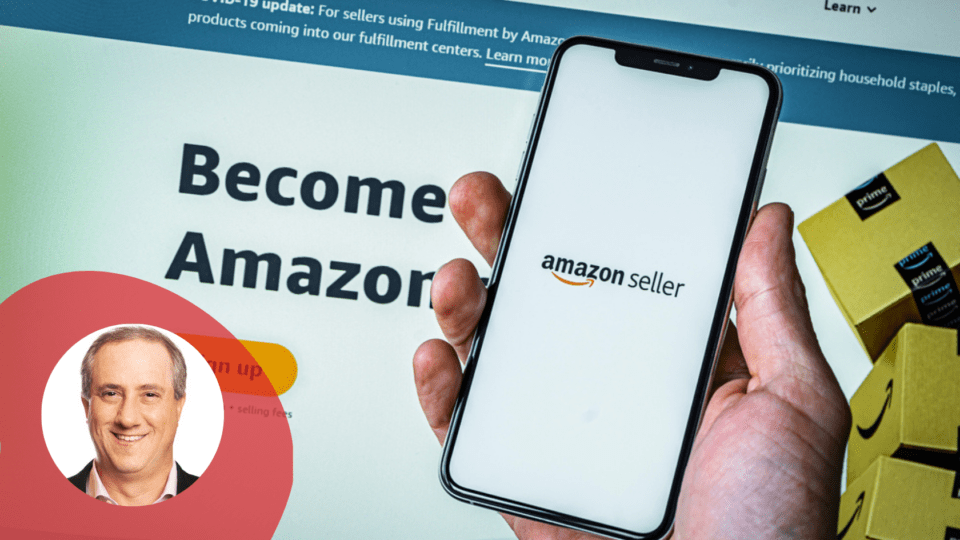We hear it from retailers all the time. They’ve created a sales presence on Amazon.com, but inexplicably, the vast majority of their sales continue to be generated from their own website. This leaves them frustrated, confused and left leaping to the wrong conclusion.
They explain they want to do better on Amazon. They know there are many benefits for having a retail store there. But they don’t have the time or resources to figure out why their sales on the internet’s largest retail site aren’t doing better.
Here’s what’s happening. Selling on Amazon represents a huge opportunity for increased sales volume. But there are rules and there are specific ways to get products seen by consumers. For many retailers, success selling on Amazon simply lies in following a set of best practices. Let’s take a look at a few of these.
Best Practices for Selling on Amazon
- It’s not enough to post a few products to Amazon and sit back expecting the sales to roll in. Your business needs a plan to sell on Amazon — not having a plan is a very bad plan! Formulate your strategy after researching which platform options you want to leverage, what your competitors are doing on the channel, determine your optimal price point and how you plan to fulfill orders.
- Amazon is all about visibility. Having your product seen by Amazon’s huge volume of traffic virtually guarantees sales, but Amazon Ads platform is integral to successfully driving traffic to your products, so make sure you’ve budgeted sufficient investment in Amazon-related media.
- Win the buy box and you win Amazon, goes the saying! But winning the buy box can be elusive for a variety of reasons. Become an Amazon darling and you have a good shot at getting displayed in the Buy Box, but brands need to ensure resellers aren’t getting in your way by properly using Brand Registry and aggressive reseller abatement.
- Manufacturer’s Suggested Retail Pricing (MSRP) and Minimum Advertised Pricing (MAP) aren’t enforced by Amazon. It’s up to the brand or its agency to manage what your pricing policies will be and how you prevent being undercut by resellers on Amazon. That said, pricing is an important part of the Amazon retailer experience. Amazon favors merchants that offer super-competitive pricing.
- When it comes to deciding between Fulfillment by Amazon (FBA) and Fulfillment by Merchant (FBM), keep in mind that the FBA allows customers to take advantage of free Prime shipping and in most cases accelerates sales and advertising efficiency. Sure, it costs you more as a seller, but we’ve found the increase in sales far outweighs the added “fees” paid to Amazon.
- Neatness counts at Amazon. Keep things tidy. Make it a point to manage your own catalog of products. Why? Less experienced distributors and resellers list their items with no logic behind their postings — which can be frustrating for customers looking for a particular product. Make sure you organize you inventory and keep similar items listed close together, and arrange them logically.
- Practice listing optimization, making sure branding is consistent and updated across all your listings. Ensure it’s done right the first time. Believe it or not, this is much easier to do than trying to fix these listings later. Optimize, optimize, optimize — use the keyword research data available to you to update titles, product listings and images to maximize sales.
- Nothing will damage your standing on Amazon more than being an inconsistent seller. That’s why it’s so important to keep inventory in stock, but you can never recover a sale that’s been lost to a competitor due to your product being out of stock! It’s why some retailers work with a team that can ensure your shipments are accounted for efficiently, especially within the Amazon environment.
- Don’t start without a marketing strategy. Make sure you account for Amazon, your website as well as other sales channels in your marketing/advertising budgets. Ensure you have an agency or expert in media buying to provide reporting dashboards to closely monitor the success of the capital you are deploying. Amazon should be part of a plan, and ensuring you are assembling a great team, with knowledge of the plan, is integral to the plan’s success.
- Get as aggressive on promotions as possible. Know your margins and know how aggressive you can get to hit your numbers. If your goal is to get subscribers and save members money, make an appealing offer to attract new subscribers and make up the margins in the LTV of the new customer.
- Finally, be sure to follow Amazon’s policies and seller guidelines. It’s tough to be beholden to someone else’s rules, but playing by them assures Amazon will favor you as one of their retail partners.
Selling on Amazon does mean working with smaller margins and directly against competitors. That said, done correctly, hosting a retail presence on Amazon can be rewarding, not only to your top and bottom line but for the overall health of your brand.
Brian Byer is the Chief Operating Officer of Emplicit, a leading Amazon-partnered ecommerce maximization agency.




